SHARE THIS
i
i
i
i
i
i
i
i
i
i
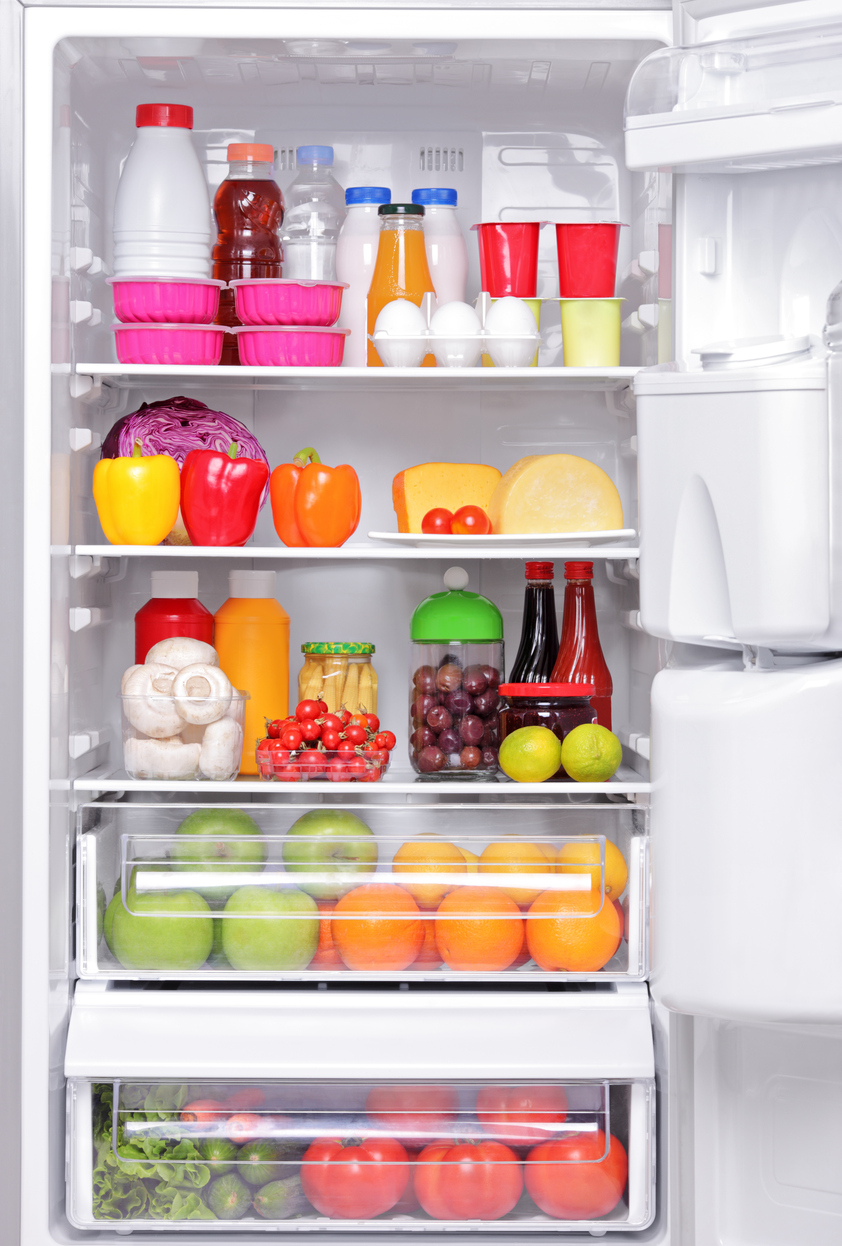
Refrigerator/Freezer
- EFFICIENCY
- SAFETY
- PERFORMANCE
Savings, illuminated: Modern refrigerators run on the same amount of energy as a 50-Watt light bulb.
TIP:
Keep it inside: The temperature outside the refrigerator affects how well it cools. Keep your refrigerator in a cooler area to maximize efficiency.
It’s not shocking: Refrigerator control panels are tested with a wet sponge to ensure that moisture doesn’t seep into the switches and possibly cause an electric shock.
TIP:
At room temperature, potentially harmful bacteria can double every 20 minutes, according to the FDA. Keep your refrigerator below 40 degrees to slow its growth.
Chilled space: Refrigerators must be capable of maintaining a 39-degree temperature in a fresh food compartment. A freezer must reach and stay at 0 degrees.
TIP:
Cool savings: Upgrading to a new refrigerator of average efficiency? An energy-efficient refrigerator can save you $55 a year in energy costs.

Oven
- EFFICIENCY
- SAFETY
- PERFORMANCE
24 cents: The cost to run your electric oven at 350 degrees for an hour.
TIP:
Maximize efficiency by using the smallest pan possible. Larger pans require more energy to heat.
Fire prevention: Manufacturers conduct testing with using white, 100 percent cotton terry cloth in an ignition test designed to reduce fire risk.
TIP:
Do Your Part: Installing an anti-tip device will reduce the risk of a tip-over accident to nearly zero. Manufacturers include anti-tip devices with new ranges. Contact your manufacturer or service technician to make sure an anti-tip device was installed on your range.
Now that’s dirty: The self-cleaning oven function is tested with a mixture of tomato juice, egg, flour, cherry juice, tapioca, sugar, milk, cheese and ground beef. It passes if 98% of the mixture can be removed by the cleaning cycle or a damp rag.
TIP:
Size matters: Ovens are less efficient for cooking smaller meals. Keep smaller meals to smaller ovens, microwave ovens, or toaster ovens.

Microwave
- SAFETY
- PERFORMANCE
Not so fast: Not all frozen food is ready to be popped into a microwave. Some requires longer cooking. Follow all instructions on the package and choose the right cooking method.
TIP:
The right time: When fires happen, it’s often because food was cooked for too long, and the person doing the cooking forgot. Always keep an eye on what you’re cooking.
Your own space: AHAM’s OV-1 standard can calculate the effective cooking space in a microwave, which plays a critical role in determining what and how you can cook.
TIP:
Extra layer of safety: Many manufacturers have added sensors to shut off the microwave if there’s a fire. If there is a fire in your microwave, keep the door closed. Opening the door could make it worse.

Cooktop
- EFFICIENCY
- PERFORMANCE
Keep it clean: Residue from cooking and spills can build up and become a drag on cooktop, oven and range efficiency.
TIP:
Clean every part of your range: walls, glass cooktop, burners, finish and knobs. Your appliance’s manufacturer will be able to provide cleaning instructions for each.
Turn it on: AHAM’s performance standards test cooktop durability by running the unit at maximum output at one-hour intervals, with 20-minute breaks, for 3,500 hours.
TIP:
Use appropriately sized pans for more efficient cooktop performance.

Vacuum Cleaner
- PERFORMANCE
Deep cleaning: Vacuums’ ability to remove embedded dirt are rigorously tested according to industry standards.
TIP:
Shopping for a vacuum? Ask about how much noise it generates. The appliance industry has developed a test method to determine the airborne noise level of vacuum cleaners.
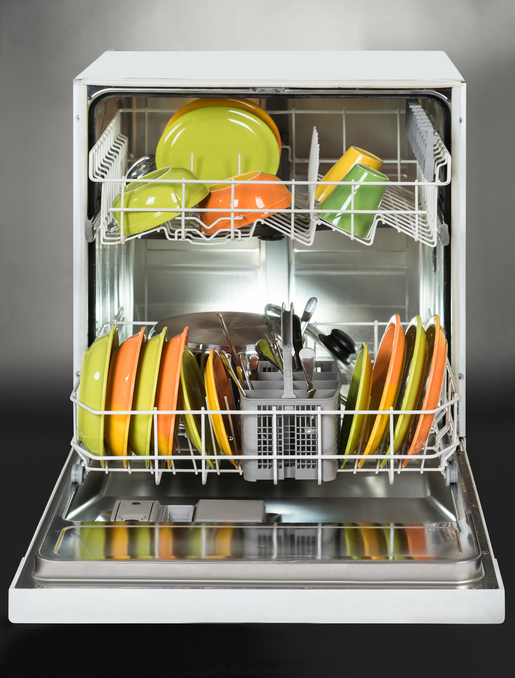
Dishwasher
- EFFICIENCY
- SAFETY
- PERFORMANCE
Hands off: Dishwashers use less than half the water required to hand wash a load of dishes. The average amount of water used per cycle is down more than 41 percent since 2005.
TIP:
Lots of liquid: Buying an energy-efficient dishwasher can mean big water savings. A new ENERGY STAR dishwasher saves more than 1,600 gallons of water a year compared to 1994 models.
Maximum wear: Certain moving parts on dishwashers are put through 30,000 cycles of operation at a rate of 12 cycles per minute under industry safety tests.
TIP:
Keep it in the oven: Dishwasher cooking has been floated by some as a novel way to prepare certain foods. Don’t try it. It can lead to undercooked food, food poisoning and fire.
Through the wringer: AHAM’s performance standard, used widely by the industry, tests dishwasher performance with a mixture of egg yolk, creamed corn, oatmeal, instant mashed potatoes, ground beef, coffee, raspberry preserves, peanut butter and tomato juice. A special light is used to detect leftover particles and streaks.
TIP:
In the right direction: Angle dirty dishes toward the spray to ensure they are washed. Put cups on the top rack, facing down. Keep some space around fragile items so they don’t bump against other dishes and break during the cycle.
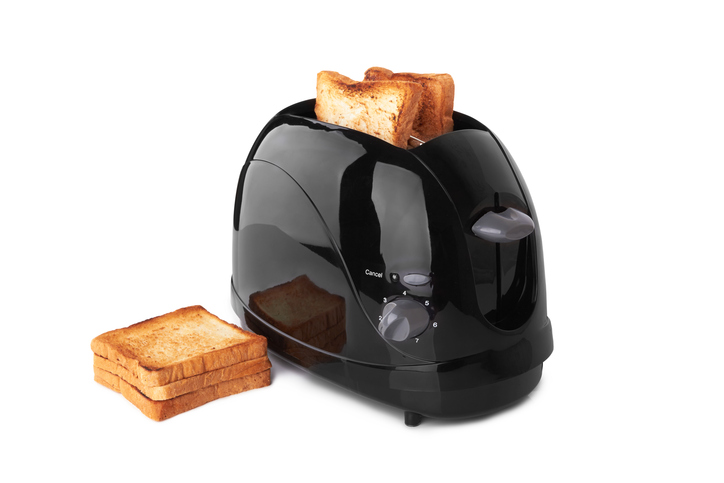
Toaster
- EFFICIENCY
- SAFETY
- PERFORMANCE
Watts cooking: Variable-wattage toasters will raise the wattage for toast and lower it for bagels and pastries. It’s more efficient that way.
TIP:
After breakfast: Unplug your toaster when it isn’t in use, keep it away from the sink and don’t let the cord dangle.
Frosted and safe: A widely used toaster safety standard (UL 1026) utilizes a slice of white bread and a strawberry, fruit-filled toaster pastry to ensure that the food being cooked does not catch on fire.
TIP:
Toaster, not toasted: Store your toaster away from your range. The range heat could damage the outer surface of the toaster and expose the internal components.
Plain white bread: White sandwich bread, 3 3/4 to 4 inches (95 to 100 mm) square, sliced approximately 1/2 inch (13 mm) thick, is used to test toaster performance under AHAM’s T-1 standard.
TIP:
Light or well-done? AHAM’s guide to toast color has become widely used in the industry to assess how dark your toast should be depending on the toaster level.
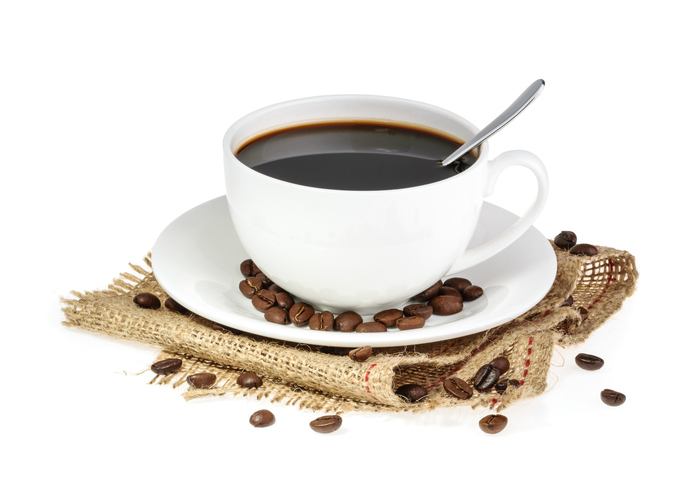
Coffee Maker
- EFFICIENCY
- SAFETY
- PERFORMANCE
Did you forget? The warming plate will shut off after two hours in many models. This is a dual safety and energy feature, ensuring that you don’t consume too much energy for every pot brewed.
Safe brewing: Protections in coffee makers include a control to sense abnormal temperatures and other functions to reduce the risk of electric shock, fire and injury. Drip coffee makers that are mounted under cabinets are tested with four times the normal weight to ensure that the mounting hardware will handle the weight over a considerable time.
How do you take it? When measuring performance according to AHAM CM-1, it is generally accepted that brewing temperature of coffee (as tested in a polystyrene foam cup) should be between the range of 170°F and 200°F. The upper finished brew temperature assures that coffee does not reach a boiling point which can affect the taste and aroma. The lower temperature limit assures generally acceptable drinking temperature when pouring into a cold cup, adding cream, sugar and a spoon.
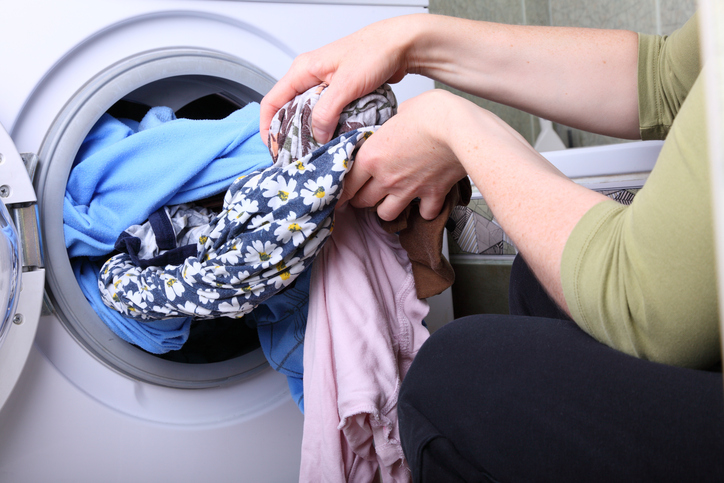
Washer
- EFFICIENCY
- PERFORMANCE
Water savings: Clothes washers of average efficiency can save a household more than 5000 gallons of water and more than $150 in utility costs compared to a 10-year old washer. Clothes washers purchased today hold 20 percent more laundry than they did in 2000, yet they use far less water. Efficiency gains: 1990: 2.67 kwh/cycle. 2014: .67 kwh/cycle.
TIP:
Fill it up: Unless your washer has sensors, it will use the same amount of mechanical energy per cycle regardless of how much laundry is being washed. Run a full load, or set the washer to the appropriate water level.
Energy, by the numbers: Washers tested under AHAM’s Verifide program are measured for the amount of clothing and water they hold. Annual energy use is determined by calculating the amount of energy used per cycle, multipled by the total number of loads the average household does per year.
TIP:
Save big: About 90 percent of energy consumed by your washing machine is due to water heating. Wash your clothes in cold water to save energy.
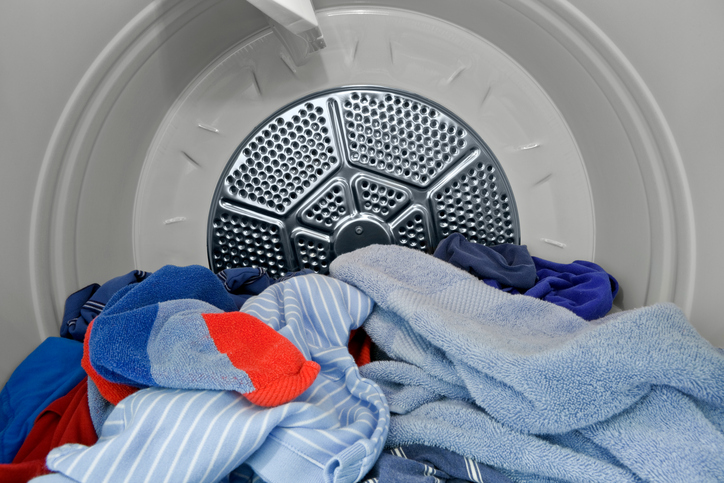
Dryer
- EFFICIENCY
- SAFETY
- PERFORMANCE
Look like new: The auto-dry, or moisture-sensor feature uses only the amount of energy necessary to dry clothes. It’s more efficient than a timed cycle.
TIP:
It’s not over yet: Don’t open the door once the cycle ends. Clothes need to go through a cool-down cycle to preserve their appearance and maintain their shape. It helps keep your clothes looking newer for longer.
Keep it clear: Reduced airflow in dryers can create the risk of fire. Dryers are tested with the airflow blocked to ensure that no flame occurs.
TIP:
The wrong place: Never use your dryer to dry foam, rubber, plastic, fabric soiled with cooking oils or anything on which there has been anything flammable.
It’s standard: Manufacturers that test their dryers under the ANSI/AHM HLD-1 standard are required to use a base load of sheets, pillowcases and towels to demonstrate their appliances’ drying ability.
TIP:
Still a bit damp? Throughly clean the vent system if you notice your dryer times have increased.





